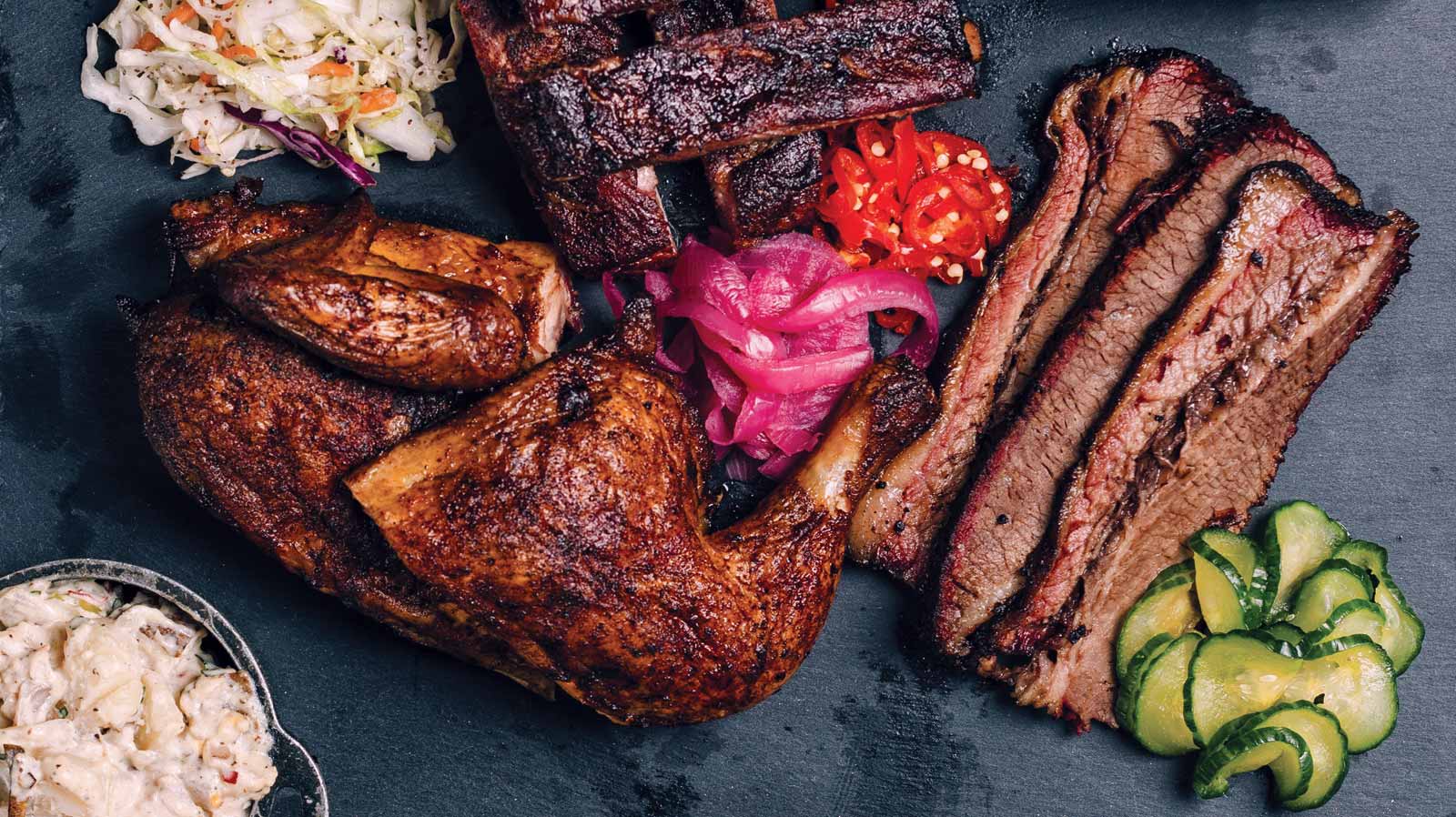There’s been no other time in our professional lives that’s carried so much uncertainty. The dot-com bubble, 9/11 and the great recession of 2008 were all jarring and tragic, but we’ve never seen the world shut down. Expectations for normal life have never been so unclear. When this virus is gone I think we’ll all be surprised how quickly humanity gets back to it. What does that look like and what changes forever?
I imagine it’s June and the early stages of a return to normal life begin to emerge. Efforts to flatten the infection curve have proven successful and New York is now experiencing no new reported COVID-19 infections. The country has an effective playbook, so fear and uncertainty has given way to optimism and planning for the future.
Restaurants
Approximately 25 percent of all restaurants remain indefinitely closed with 90 percent of the closures hitting independently owned locations. Delivery focused restaurant brands like Dominos and Wingstop keep their units humming through the downturn and do very well into the end of the year. Large chains report their largest fourth quarter sequential comp trend in history as the snap back in demand is spread over fewer restaurants.
This isn’t the dystopian Demolition Man Taco Bell-only world, but the chain restaurants are the least damaged from the crisis. As an example, Chipotle’s early adoption and investment into digital ordering sets them up for meaningful outperformance as no contact pickup remains the gold standard for the second half of 2020. By November, Chipotle’s stock nears $1,000 per share. Starbucks selectively reopens locations this summer after using the closure to expand their digital ordering counters, which now make up half of their service space in certain dense urban areas. Digital order channels are flowing, people embrace their missed sense of normalcy and business is back.
Fast casual and quick service continue to outperform the beleaguered restaurant industry while the casual-dining sector suffers as people just aren’t ready to linger in dining rooms. One large casual-dining chain experiments with converting some locations into multi-branded take-out and delivery focused food halls. Small independent restaurants still struggle in the fourth quarter and many favorites have closed forever while others are able to slowly get back to business.
Food trends
Months of grilled chicken and frozen cauliflower crust pizza creates an insatiable urge to eat better food. The salad chains underperform the rebound as raw food still caries caution in the national psyche. Great ethnic restaurants become increasingly harder to find as they suffered the most closures while the remaining survivors are slow to return as consumers dine out with an irrational abundance of caution through the end of 2020. The familiar feels safe. For a period, American comfort food, including what was historically known as Mexican food, is center of plate. It’s a burger, pizza, pasta, BBQ, burrito world through the end of the year. After no sight of a COVID-19 return during the winter flu season things get back to normal and the culinary diversity of the dining world roars back.
Technology
Digital ordering investments pay off big and hospitality companies focus increasingly on the pre-transaction guest experience. Mobile user interface, customization and ease of ordering become just as important as in-house service. For the second half of 2020, order ahead and digital delivery ordering are the primary drivers of the rebound in restaurant revenue.
The remote economy platforms also experience their gold rush. Streaming and offsite collaboration capabilities become ubiquitous in our lives. Live streaming adoption accelerates meaningfully. Online ordering is still text and click but voice starts to take share. Alexa, order me a …
Real Estate
Large malls continue to suffer. The slow-motion brick and mortar retail apocalypse will accelerate as bankruptcies spike following holiday 2020. The mall repositioning away from apparel retail and into food and entertainment will no longer work. Crowded communal tables in food courts … too soon. Shared virtual reality headsets, arcade and gaming concepts, bowling … also too soon. Outside of leasing to ghost kitchens they will struggle to find a use for their newly vacant real estate as department stores continue to close. Amazon begins to lease mall-based vacant boxes to create more agile last mile delivery solutions. Only the shopping centers with well curated dining destinations fare well.
Office space economics are changed forever as the work-from-home forced experiment is a success. While the severity of the shift won’t be as noticeable in the short term, the secular shift away from office space will become apparent as the economy strengthens in 2021 without the usual correlation to improving office occupancy and rents. Companies have figured out how to strategically manage their staffing on a more decentralized basis which will be the lifesaver for WeWork as small business employers move downstream into shared co-working space. As the work from home population increases the residential adjacent restaurants will see increased profitability from a stronger lunch day-part in a time of softening rents.
In conclusion
Humanity endures. In the depths of confusion and fear we surrender to ideas that a return to our old normal is distant. We always bounce back. The rubber band gets stretched and tested but the reversion back is inevitable. My crystal ball is no better than yours, but the success of our recovery will be measured by how well we prepare for what’s next.
Micha Magid is the co-founder of Mighty Quinn’s Barbeque.













